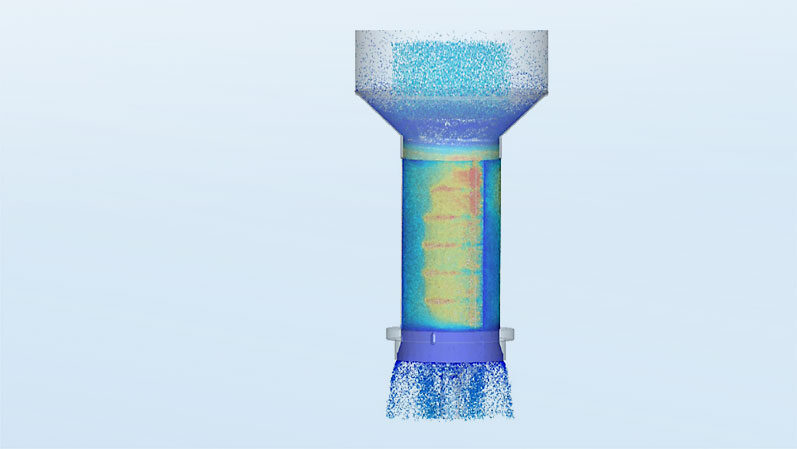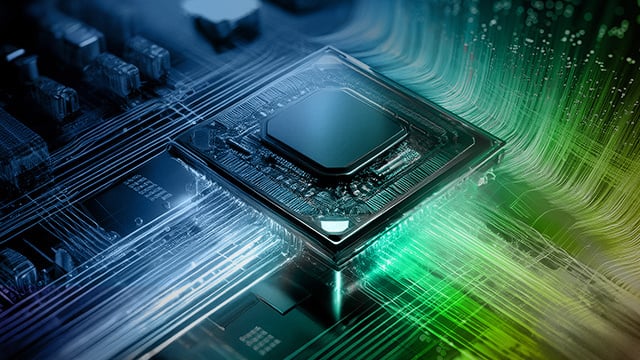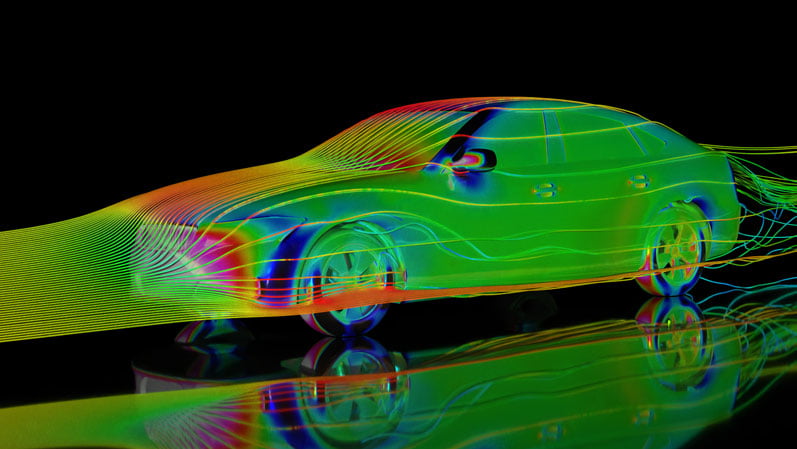Ansys Fluent 2024 R2: Extended GPU support and improved user interface
Dr.-Ing. Fabian Findeisen
05.09.2024
Important new features and improvements
The latest version of Ansys Fluent 2024 R2 brings significant enhancements and improvements that increase solver performance and user productivity. The GPU solver now supports AMD GPU cards and new models for complex physics. The updated web user interface and advances in aerospace provide improved user experiences and expand automation capabilities.
Extended GPU support and new hardware options
With the 2024 R2 update, the Fluent Multi-GPU solver now also supports AMD GPU cards, offering a wider range of hardware options. This is particularly beneficial for users already using or planning to use AMD GPU hardware. Additionally, new models have been integrated into the solver, including compressible flow, DO radiation, adiabatic FGM models and anisotropic thermal conductivity, to name a few.
Highlights
-
Support for AMD GPU cards: expands hardware options
-
New models: compressible flows, DO radiation, adiabatic FGM models and anisotropic thermal conductivity
Improvements to the Fluent Web user interface
The usability of the Fluent Web user interface has been significantly improved in version 2024 R2. New features include a template to connect to HPC, a context menu for multiple selection, support for multiple editing, copy/paste within and between sections, and grouping of items in the list view and outline tree.
Highlights
-
Usability improvements: integration to HPC, multiple selection and editing, copy/paste functionality
-
Productivity improvements: grouping of elements and improved overview
Advances in aerospace engineering
Version 2024 R2 brings significant improvements to the Fluent Aero Workspace, which provides automated best practice settings for external aerodynamic studies. The Virtual Blade Model (VBM) is now compatible with the DBNS solver and Fluent Aero Best Practices. In addition, parametric post-processing, automation of turbulence model selection based on Reynolds number and automated PUMA mesh adjustments are now available.
Highlights
-
Fluent Aero Workspace: improved best practices and automation
-
Virtual Blade Model: compatibility with the DBNS solver
-
Parametric post-processing: efficient data analysis and visualization
Contact us or take a look at our CADFEM webinars on the new release for further advice and answers to your questions.




